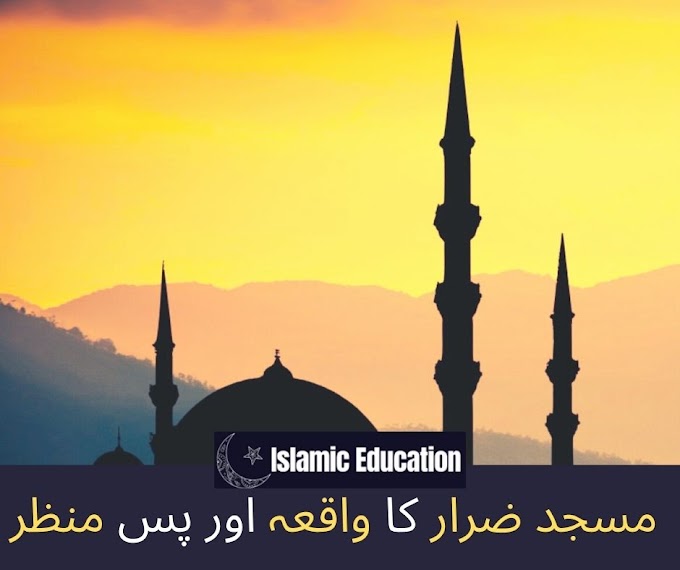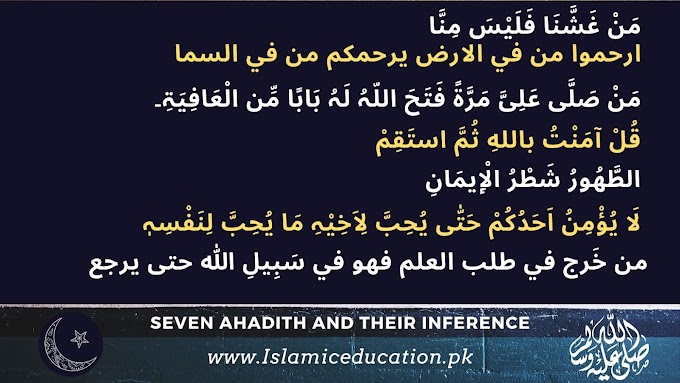Islamic education has its roots more than a millennium ago. Early Muslim scholars created a tradition of learning that balanced spiritual growth with practical knowledge. These are the principles that still guide what we should do with our schools, newly confronted by new challenges.
Early Development of Islamic Education
Islamic education did not start with the life of the Prophet Muhammad(P.B.U.H). At homes, mosques, and informal gatherings, new Muslims were taught how to read the Qur’an and given an insight into the message of the Qur’an. Early seats of knowledge expanded in cosmopolitan places with booming economies, including Medina, Baghdad and Cairo, each contributing to the Islamic tradition of learning.
Muslim schools grew as the Muslim world grew. Scholars compiled mathematical, scientific, and philosophical works, frequently translating the learning of other cultures. This method enabled Islamic education to combine religious faith with love of learning.
Core Ideals and Principles
Islamic education is based on a few core values:
Even Growth: The whole man is important; spiritual, moral and intellectual development are necessary – help students keep faith and reason one.
Seekers Pursuit of Knowledge: Consulting the knowledgeable is considered a religious obligation; knowledge contributes to individual and community welfare.
Social Responsibility: The understanding that is gained should benefit society and be used to make ethical choices.
The habits of plain old traditional instruction — respect for teachers, emphasis on discipline, link to a community — it sells itself.
Madrasa System and Its Importance
For centuries, madrasas were the center of Islamic education. In addition, the schools provided an organised environment offering higher teaching in religion. Students recited the Qur’an, studied Islamic law (fiqh) and perfected skills in logic, language and sometimes science.
Madrasas often provided:
Free or affordable education
Dedicated teachers and mentors
‘Partage’ Resources including libraries and living spaces
Through generations of scholars, judges and leaders, the madrasa system nurtured strong communities and preserved Islamic learning.
Contrast With Today’s Realities
Generations have been affected by premodern systems, ideals, standards, and pedagogical approaches employed in Islamic education. As the world speeds up, educators have to rethink how these principles fit with changing norms, new technology and larger goals. The tension between the histories of past organisations and the requirements of contemporary times are reflected in the modern dilemmas Islamic schools face, and with their communities.
Conclusion
If Islamic education is to survive today, it must take seriously the need to change contents and methods while faithfully preserving its fundamental orientation. There are new social, cultural and technological pressures that require thoughtful responses, not quick fixes. The emphasis on character, community and lifelong learning, is as important today as it has ever been.
To provide positive motives for the development of Islamic education, the cooperation between the family, school, and community must be emulated and established. If this equilibrium holds, Islamic schools may play on by providing wisdom and steadiness in times of passing flux. Thanks for reading — share your reactions, or your own experiences, to keep the conversation going.







